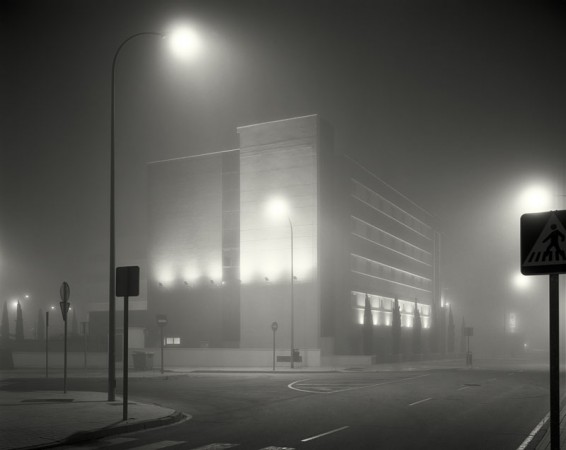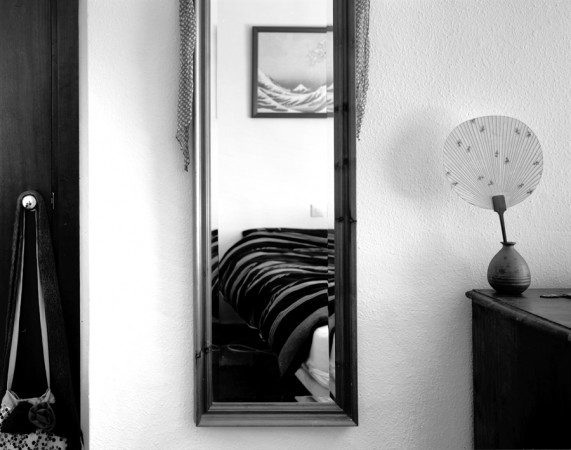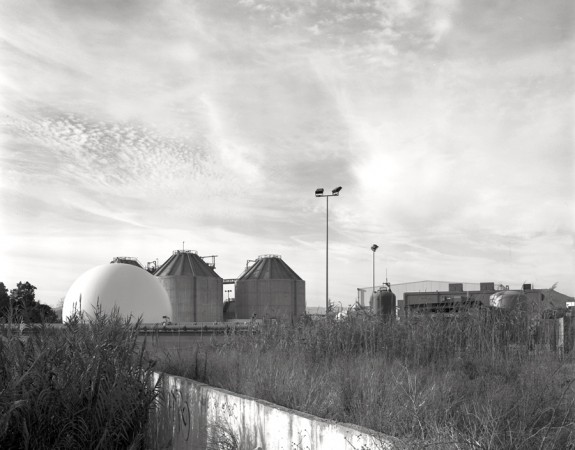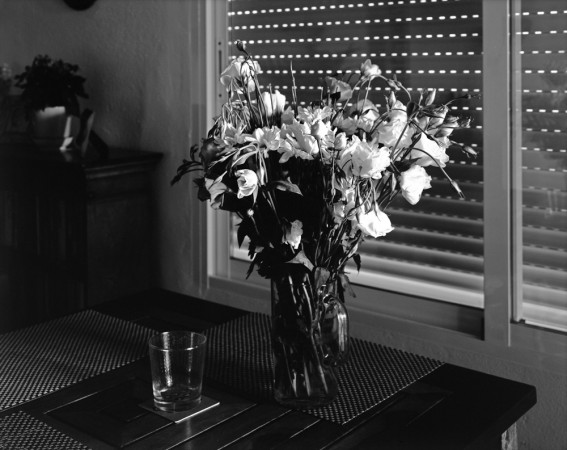Uno de mis -acertadísimos- regalos de reyes de este año ha sido el libro Pictures from the surface of the earth, del cineasta, fotógrafo, escritor (etc.) alemán Wim Wenders. La mayoría le conocemos por sus películas y, aunque ya había visto algunas de sus fotografías, no había tenido nunca la oportunidad de disfrutar una de sus colecciones al completo. El libro recoge reproducciones de 54 placas de gran formato, en su mayoría panorámicas, tomadas entre los 80 y el año 2001 en EEU, Japón, Australia, Israel, Cuba y Alemania. Sería fácil decir que, para quien haya visto alguna película de este señor y esté familiarizado con su estética, las fotos no son una sorpresa, pero yo afirmaría todo lo contrario: las imágenes son tan contemplativas, tan respetuosas, que cuesta creer que están hechas por alguien que hace cine, un medio que adoro pero que considero muy intrusivo desde el punto de vista creativo. También debo destacar la coherencia de las formas y los contenidos; nada es en absoluto casual (consecuencia en parte de disparar con una cámara del tamaño de una caja de zapatos puesta sobre un trípode, estoy seguro). Para ensalzar aún más la majestuosidad de las imágenes, las proporciones de las impresiones que se exponen superan a veces los 4 metros de longitud. Toma ya. Desde luego, ir a una exposición de estas fotos debe de ser una experiencia absolutamente impresionante.
Por cierto, si os gusta Wender, no dejéis de ver En el curso del tiempo (Im Lauf der Zeit) y El amigo americano (Der amerikanische Freund).
Muchas gracias a Jo y Mat por un estupendo regalo.

One of my most wisely chosen Christmas gifts of this year has been the book Pictures from the surface of the earth by the German filmmaker, photographer, writer (etc.) Wim Wenders. Most of us know him because of his films and, although I had seen some of his photographs, I had never had the opportunity to enjoy one of his photography collections in its entirety . The book includes reproductions of 54 large-format plates, mostly panoramas, taken between the 80’s and 2001 in EEU, Japan, Australia, Israel, Cuba and Germany. It would be easy to say that, for those familiar with his cinema work and unique aesthetics, the photos are not a surprise, but I would argue the opposite: the images are so contemplative, so respectful, that it is hard to believe that they have been taken by someone who makes films (a form of expression that I love but which I consider to be very intrusive from the creative point of view). I must also emphasize the coherence of form and content; absolutely nothing is casual (in my opinion, partially as a result of shooting with a camera the size of a shoe box and placed on a heavy tripod). To further accent the majesty of the images, the size of the prints at the exhibitions sometimes exceeds 4 meters in length. There you go… Of course, going to one of these exhibitions must be an absolutely awesome experience.
By the way, if you like Wenders, do not miss Kings of the road (Im Lauf der Zeit) and The american friend (Der amerikanische Freund).
Thank you, Jo and Mat, for a great present.











